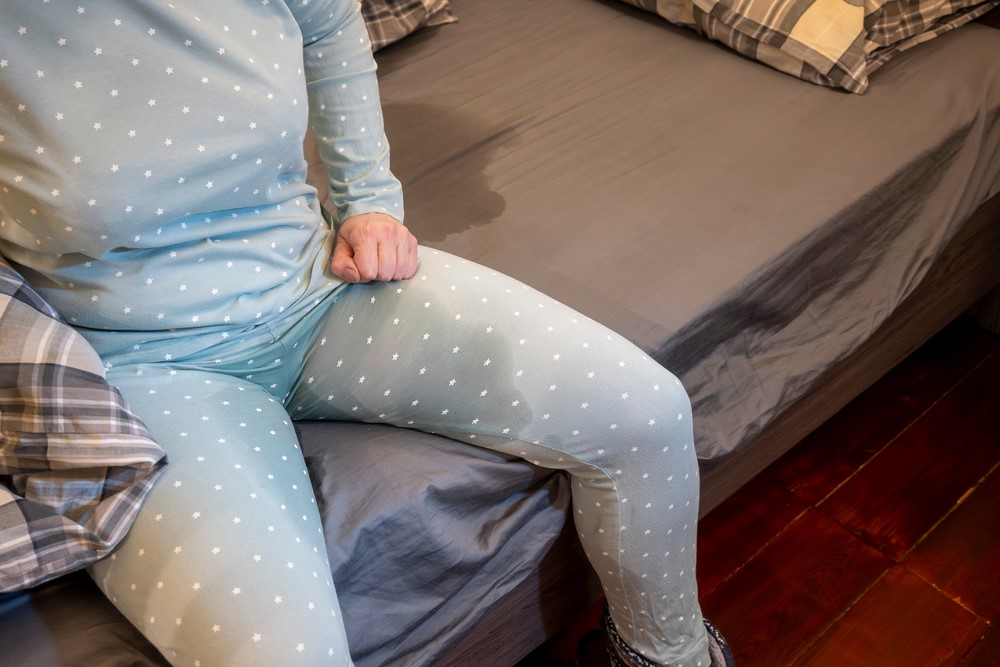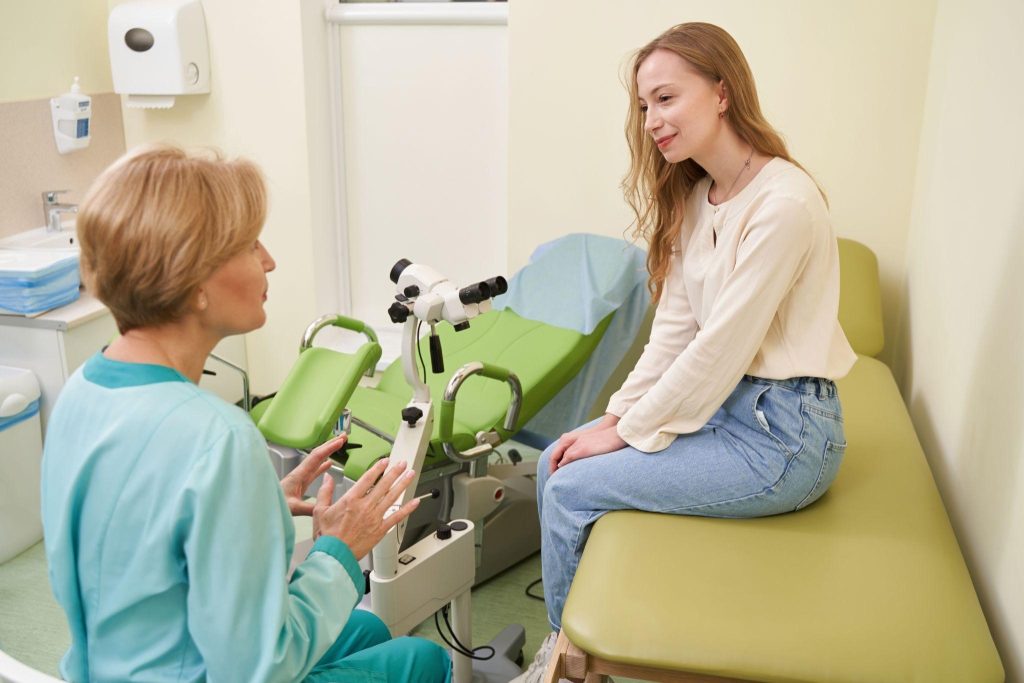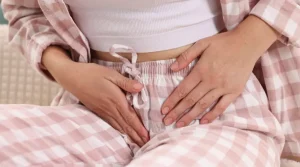Urinary incontinence is more common than people think, affecting millions of individuals worldwide. While often associated with aging, this condition can affect both men and women and has a significant impact on quality of life.
One innovative solution is the Emsella Chair, which offers a non-invasive, effective treatment for incontinence. Read on to learn more!
What Is Urinary Incontinence?
Urinary incontinence refers to the involuntary leakage of urine. It occurs when the muscles that support the bladder weaken, making it harder for individuals to control their bladder. Though it is more prevalent in women, especially after childbirth or menopause, men can also experience incontinence, particularly after prostate surgery or due to age-related factors. Both genders are susceptible to this condition, which can interfere with day-to-day life.
For women, factors like pregnancy and hormonal changes during menopause can strain or weaken the pelvic floor, leading to urinary leakage during physical activities, laughing, sneezing, or even during moments of rest. In men, prostate problems or post-surgical changes often lead to incontinence, as the bladder control mechanism becomes compromised.
Factors That Lead to Incontinence
Urinary incontinence can stem from various causes, impacting individuals differently depending on their gender, age, and health conditions. Here’s a more detailed breakdown of the common factors:
1. Pregnancy and Childbirth
During pregnancy, the growing baby adds pressure to the bladder, urethra, and pelvic floor muscles. This added strain can weaken the muscles, making it difficult to control urine. Vaginal childbirth further exacerbates this issue by stretching and sometimes damaging these muscles.
Additionally, childbirth can lead to nerve damage or even pelvic organ prolapse, which increases the risk of incontinence. While the body may recover postpartum, many women experience long-term issues with bladder control if the muscles don’t regain their full strength.
2. Aging
Aging is one of the most prevalent factors contributing to incontinence. As we grow older, our muscles, including those in the pelvic floor and bladder, naturally weaken. This makes it harder for individuals to hold in urine, leading to more frequent leaks or sudden urges.
For post-menopausal women, reduced estrogen levels further exacerbate this issue as estrogen plays an important role in maintaining muscle tone. For men, the aging process can lead to issues with the prostate, adding another layer of complexity to bladder control.
3. Menopause
In women, menopause brings about a host of changes in the body, many of which contribute to incontinence. The drop in estrogen levels during menopause weakens the tissues around the urethra, bladder, and pelvic muscles.
This makes it harder to control urine, particularly when coughing, sneezing, or lifting heavy objects (a condition known as stress incontinence). Estrogen replacement therapy can help in some cases, but many women find that managing incontinence post-menopause requires a combination of treatments, including pelvic floor exercises and lifestyle changes.
4. Prostate Issues in Men
Men can suffer from incontinence, especially as they age and experience issues with their prostate. An enlarged prostate (benign prostatic hyperplasia, or BPH) can press against the bladder and block the urethra, leading to both urgency and overflow incontinence.
In some cases, prostate surgery to treat BPH or prostate cancer can result in incontinence as a side effect due to damage to the surrounding nerves and muscles that control bladder function.


5. Obesity
Being overweight or obese places extra pressure on the bladder and surrounding muscles. This added pressure increases the risk of stress incontinence, where physical activity, such as sneezing, laughing, or exercising, causes the bladder to leak. Losing weight has been shown to significantly reduce the symptoms of incontinence, as it decreases the stress placed on the bladder and pelvic muscles.
6. Chronic Health Conditions
Conditions like diabetes, multiple sclerosis, and Parkinson’s disease can also contribute to incontinence. For example, diabetes can damage the nerves that control bladder function, leading to both urge and overflow incontinence.
Neurological disorders disrupt the normal signals between the brain and bladder, causing bladder control issues. Additionally, stroke survivors often experience incontinence due to weakened or damaged muscles and nerves in the pelvic region.
7. Lifestyle Choices
Certain lifestyle habits can worsen or contribute to incontinence. For example, consuming large amounts of caffeine, alcohol, or carbonated drinks can irritate the bladder, increasing the urgency and frequency of urination.
Smoking is another contributing factor, as chronic coughing associated with smoking weakens the pelvic muscles over time, leading to stress incontinence. Additionally, smoking contributes to bladder cancer, which can also cause incontinence.


Making healthier lifestyle choices, such as quitting smoking, reducing caffeine intake, and maintaining proper hydration, can have a significant positive effect on managing incontinence symptoms.
Addressing these underlying causes, whether through medical treatments like the Emsella Chair or lifestyle modifications, can help in effectively managing this condition.
What Is the Emsella Chair?
The Emsella Chair is a breakthrough in non-invasive treatments for urinary incontinence. It uses high-intensity focused electromagnetic (HIFEM) technology to stimulate the pelvic floor muscles. The Emsella Chair delivers the equivalent of thousands of pelvic floor exercises (also known as Kegel exercises) during a single session.
This deep muscle stimulation improves strength and bladder control over time, without the need for surgery or invasive procedures. Unlike traditional methods of treating incontinence, the Emsella Chair allows patients to undergo treatment while fully clothed, making the experience as convenient and comfortable as possible.
How the Emsella Chair Works Against Incontinence
The Emsella Chair is an innovative, non-invasive treatment that helps combat incontinence by using High-Intensity Focused Electromagnetic (HIFEM) waves to strengthen pelvic floor muscles. Here’s how it works:
- HIFEM Technology for Muscle Contraction. This technology generates electromagnetic waves that stimulate deep pelvic floor muscles, inducing thousands of supramaximal contractions. These contractions are stronger than voluntary muscle movements, mimicking intense Kegel exercises.
- Deep Muscle Activation. The treatment targets muscles that often weaken due to factors like aging, childbirth, or menopause. This deep activation helps restore muscle strength that can’t be easily achieved through traditional exercises.
- Bladder Control Improvement. Strengthened pelvic floor muscles help regain bladder control, reducing the likelihood of leaks, sudden urges, and overall urinary incontinence. This boost in muscle function helps manage overactive bladder symptoms as well.
- Improved Pelvic Floor Coordination. Beyond just strengthening, the treatment also improves coordination between the pelvic muscles and the bladder. This coordination is essential for preventing sudden bladder releases.
- Non-Invasive & Comfortable. Unlike surgical options, the Emsella Chair is a non-invasive solution. Patients remain fully clothed and experience no pain or discomfort during the session, making it an accessible option for anyone looking for an effective solution without downtime.
- Multiple Sessions for Best Results. Generally, a series of sessions is recommended for optimal results, with gradual improvement in bladder control as treatments progress.
This process helps address incontinence by rebuilding the foundational strength in the pelvic area, leading to a better quality of life.
Take Control with the Emsella Chair
Urinary incontinence can be distressing, but it doesn’t have to control your life. The Emsella Chair offers a revolutionary, non-invasive solution to restore bladder control and improve pelvic floor strength. Whether you’ve suffered from incontinence due to aging, childbirth, or other factors, this treatment can help you regain your confidence and live life to the fullest.
Explore the Emsella Chair at Lasting Impression Medical Aesthetics in Fair Lawn, NJ, and discover how we can help you address incontinence, enhance sexual health, and improve pelvic floor strength with our expert care.
Call us now to schedule your appointment!






